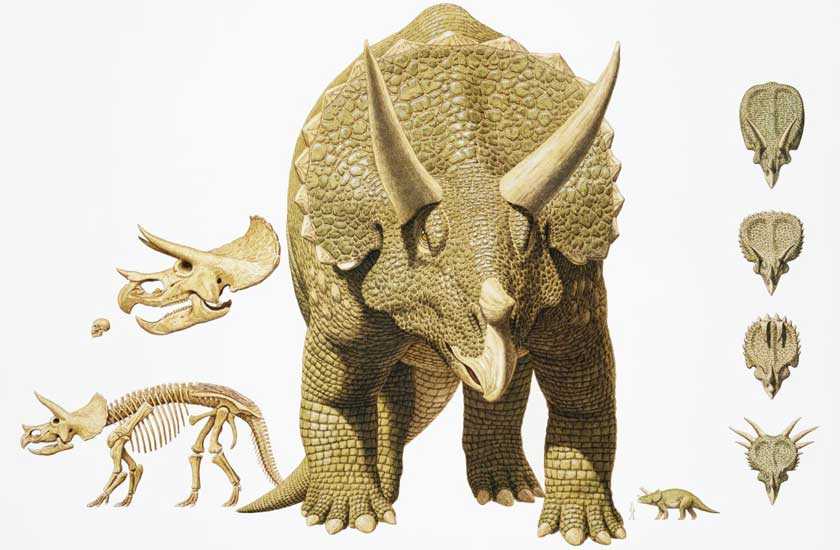Blog of Reason
New Member
Discussion thread for the blog entry "Know Your Bones: July 2015" by he_who_is_nobody.
Permalink: http://blog.leagueofreason.org.uk/science/know-your-bones-july-2015/
Permalink: http://blog.leagueofreason.org.uk/science/know-your-bones-july-2015/



